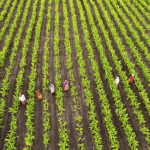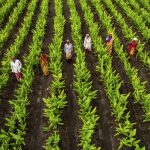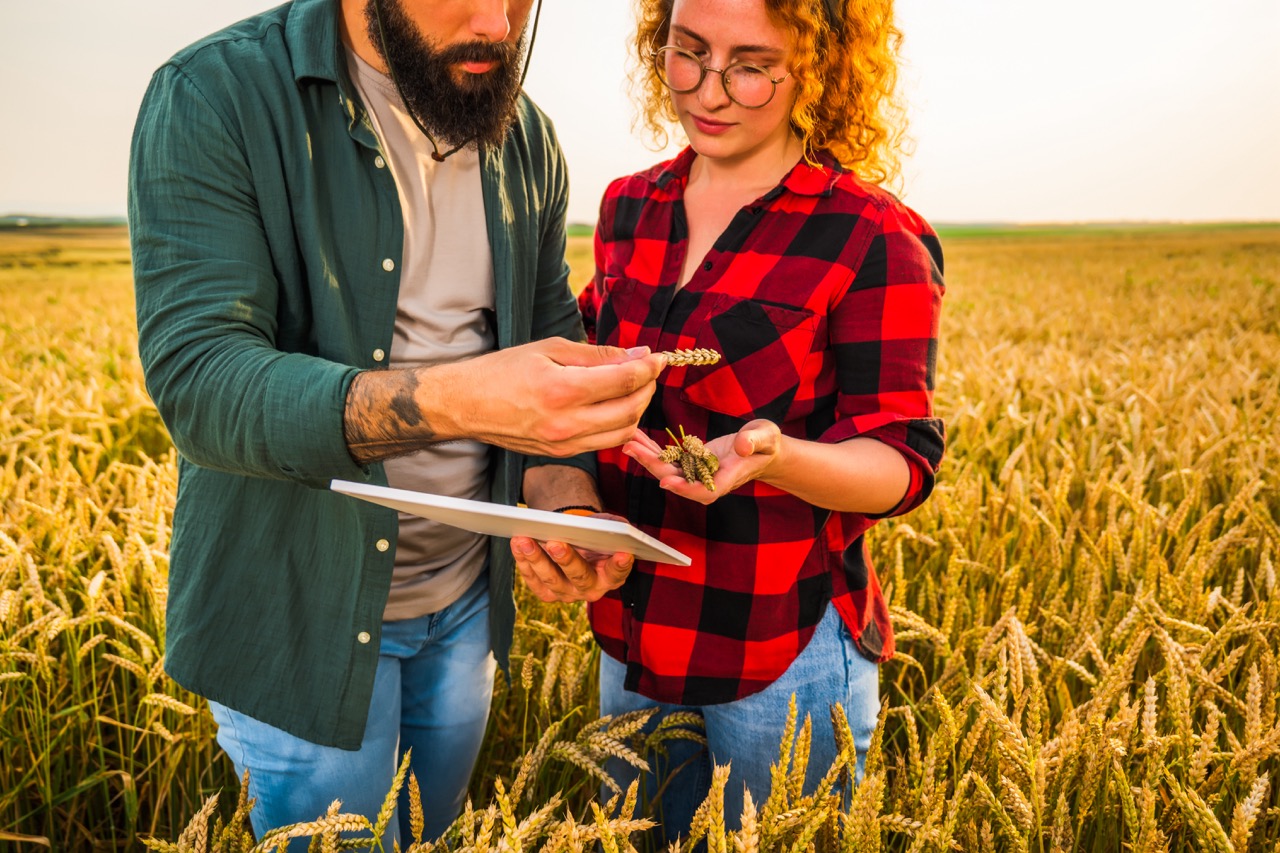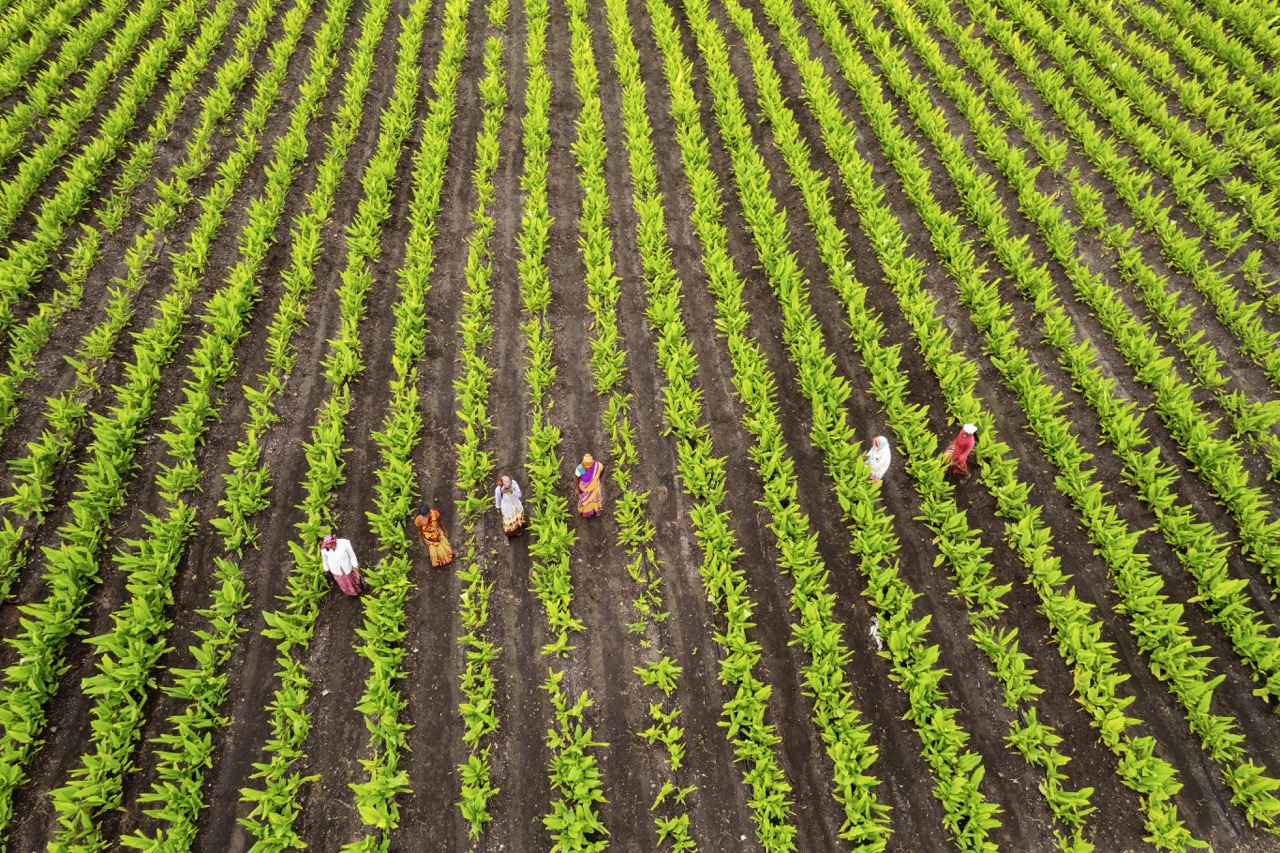Sharecropping has a long and complex history, often seen through the lens of social justice and economic struggle. However, in recent years, its role in the context of organic farming has come under renewed scrutiny. As the demand for organic produce continues to rise, understanding sharecropping’s implications in this sector offers valuable insights into sustainable agricultural practices. This article explores the historical roots of sharecropping, its synergy with organic farming practices, the economic implications for farmers, and the potential future trends that could shape sustainable agriculture.
Understanding Sharecropping: A Historical Perspective
Sharecropping emerged in the United States after the Civil War, primarily in the Southern states, as a means for impoverished landowners to manage their lands without the capital to hire laborers. Under this system, landowners would provide land and tools to sharecroppers, who in return would cultivate the land and share a portion of the harvest. This arrangement was often fraught with exploitation, as sharecroppers, mostly African Americans, found themselves trapped in cycles of debt and dependency.
Over the decades, sharecropping became synonymous with economic hardship and social inequality. Despite its negative connotations, the sharecropping system allowed many families to cultivate land and generate income. It also laid the groundwork for communal agricultural practices, which can be seen in some contemporary organic farming models. While sharecropping has largely diminished in its traditional form, its legacy continues to influence agricultural practices and labor relations in rural America.
Today, the historical perspective on sharecropping also informs discussions about land ownership and access to resources. Many smallholder farmers and aspiring organic growers face significant barriers to entry in a market often dominated by large-scale agricultural operations. Understanding the historical context of sharecropping can help illuminate the ongoing struggles for equity and access in the agricultural sector, particularly within organic farming.
The Synergy Between Sharecropping and Organic Practices
Organic farming emphasizes sustainable practices, biodiversity, and minimal chemical inputs, aligning closely with the principles of sharecropping that prioritize local knowledge and community collaboration. Sharecropping can foster cooperative relationships among farmers and landowners, encouraging the sharing of resources, tools, and best practices. In turn, these relationships can lead to the organic production of diverse crops, which is essential for healthy ecosystems and sustainable food systems.
Moreover, sharecropping arrangements often promote the use of traditional farming techniques, such as crop rotation and polyculture, which are foundational to organic farming. By leveraging these time-tested methods, sharecroppers can improve soil health and reduce reliance on synthetic fertilizers and pesticides. This synergy not only benefits the environment but also enhances the resilience of small-scale farmers who may otherwise struggle to compete in a market dominated by industrial agriculture.
At the community level, sharecropping can serve as a vehicle for education and knowledge transfer. Experienced farmers often mentor newcomers, helping them navigate the complexities of organic farming. This sharing of knowledge aligns with the organic movement’s emphasis on holistic practices and community engagement, ultimately leading to a more sustainable and equitable agricultural landscape.
Economic Implications of Sharecropping in Organic Farming
The economic dynamics of sharecropping in organic farming are multifaceted and can lead to both benefits and challenges for farmers. On one hand, sharecropping allows aspiring organic farmers to access land without the heavy financial burden that comes with purchasing property. This model can provide an entry point for those who might not have the capital to invest in their own farms, thus fostering a new generation of organic producers.
However, the economic implications can be precarious. Sharecroppers often face uncertain income due to fluctuating crop prices and the inherent risks of farming. In the organic sector, where market demand can ebb and flow, sharecroppers may find it challenging to secure a stable income. Additionally, the profit-sharing model can lead to conflicts over crop management decisions and resource allocation, particularly when market conditions are unfavorable.
Furthermore, the economic viability of sharecropping in organic farming depends heavily on consumer support for local and sustainably produced goods. As consumers increasingly seek organic products, there is potential for sharecroppers to thrive in niche markets. However, they must also navigate certification processes and adhere to organic standards, which can be resource-intensive and financially burdensome. The balance between economic opportunity and risk remains a central theme in the discussion of sharecropping’s role in the organic farming landscape.
Future Trends: Sharecropping’s Role in Sustainable Agriculture
As sustainable agriculture continues to gain traction globally, the future of sharecropping may shift towards more equitable and innovative models. Increasingly, social enterprises and cooperative movements advocate for shared land ownership and collective farming initiatives, which resonate with the original spirit of sharecropping. These models can provide a pathway for young farmers and marginalized communities to engage in organic farming while promoting shared resources and cooperative labor.
Technological advancements may also play a pivotal role in reshaping sharecropping arrangements. Digital platforms that facilitate resource sharing, access to markets, and collective decision-making can enhance the viability of sharecropping in the organic sector. By harnessing technology, sharecroppers can connect with consumers directly, bypassing traditional market barriers and ensuring fair compensation for their produce.
Moreover, policy changes aimed at supporting small-scale farmers and sustainable practices could strengthen the role of sharecropping in organic farming. Incentives for organic certification, access to grants, and educational resources for sharecroppers can create a more favorable environment for sustainable agriculture. As society increasingly recognizes the importance of local food systems and sustainable practices, sharecropping could emerge as a viable solution for fostering community resilience and ecological balance.
In conclusion, sharecropping holds a unique position in the narrative of organic farming, blending historical context with contemporary practices. While it has faced challenges and criticisms, its potential as a model for equitable and sustainable agriculture cannot be overlooked. By fostering collaboration, knowledge sharing, and community engagement, sharecropping can contribute significantly to the future of organic farming and sustainable agricultural practices. As we move forward, the intersection of sharecropping and organic farming presents an opportunity to redefine agricultural systems that prioritize social equity, environmental sustainability, and economic viability.










